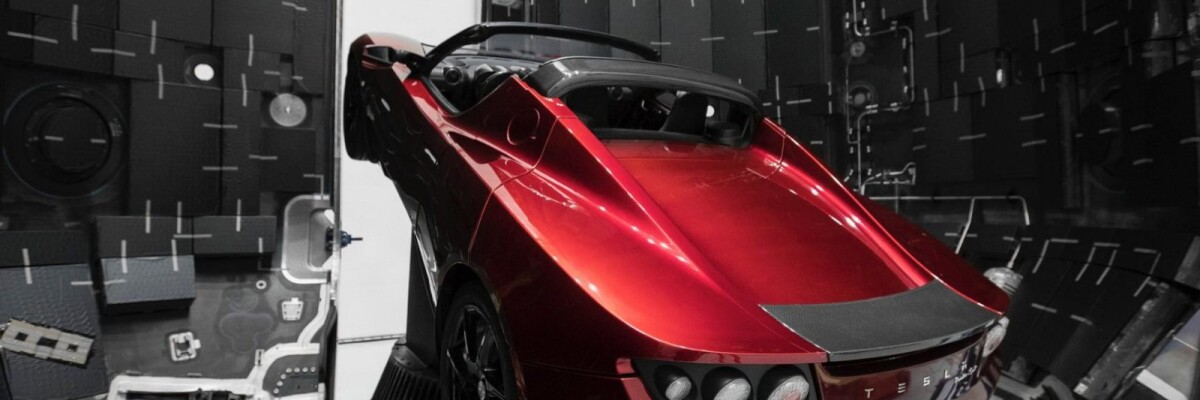SpaceX has announced the launch of its super-heavy lift “Falcon Heavy” rocket on February 6th, 2018. The launch has already been postponed several times but recently the company successfully tested the engines...
SpaceX has announced the launch of its super-heavy lift “Falcon Heavy” rocket on February 6th, 2018. The launch has already been postponed several times but recently the company successfully tested the engines of a fully prepared rocket. “Falcon Heavy” is now at the Kennedy Space Center.
Aiming for first flight of Falcon Heavy on Feb 6 from Apollo launchpad 39A at Cape Kennedy. Easy viewing from the public causeway.
— Elon Musk (@elonmusk) January 27, 2018
Elon Musk warned that this is a test flight, during which anything can happen, so there will not be a commercial load on board. Instead, the rocket will lift a personal electric vehicle of the head of the company - a cherry colored Tesla Roadster - into space. After launching the car they will play the song "Space Oddity" by David Bowie. Under the plan, the missile will take the Roadster to the elliptical orbit of Mars.
The launch of Falcon Heavy promises to be a real show. The Kennedy Center is already selling tickets. For $195 guests can watch the launch from the Apollo/Saturn V Center and then participate in a festive banquet.
Falcon Heavy is the largest cargo rocket. Elon Musk estimates one launch costs about $90 million. At the same time, the launch of an equivalent rocket from NASA will cost half a billion dollars. So the U.S. government is very interested in private space projects.
The first stage of the Falcon Heavy consists of three reusable boosters linked together. It is because of the complexity of synchronizing the three parts that the launch was delayed several times. The side boosters have already traveled to space as the first stages of the lighter Falcon 9 rocket. They will disconnect first and land on special pads near the launch site. The central booster, which is specially modified for the heavy version, will land on an offshore platform.
27 engines allow the delivery of 63.8 tons of payload to low-earth orbit and 26.7 tons to a geosynchronous transfer orbit. But in order to ensure the landing of the reusable stages, additional fuel is necessary and the maximum possible payload is reduced. On a Mars mission the launch vehicle will be able to deliver up to 16.8 tons of cargo.
The exact time of the launch is still unknown. According to some reports the company has reserved a launch window for several hours starting from 13:30.
Share this with your friends!






Jon Dorman
I never thought this could be real lol and look where are we!